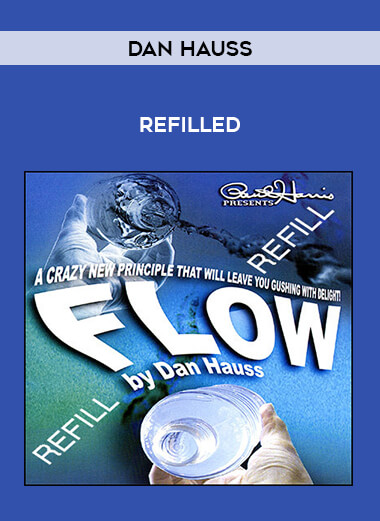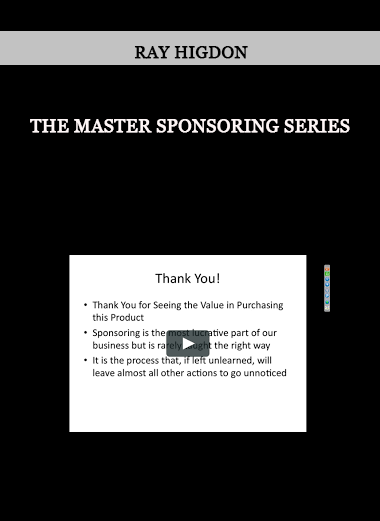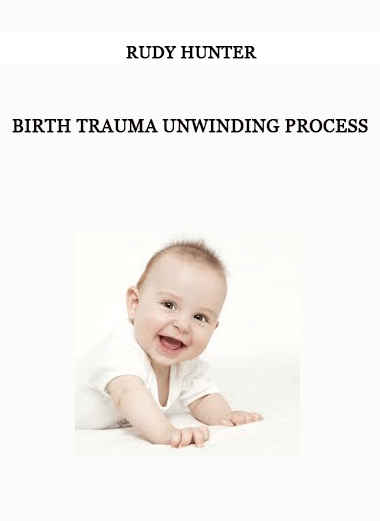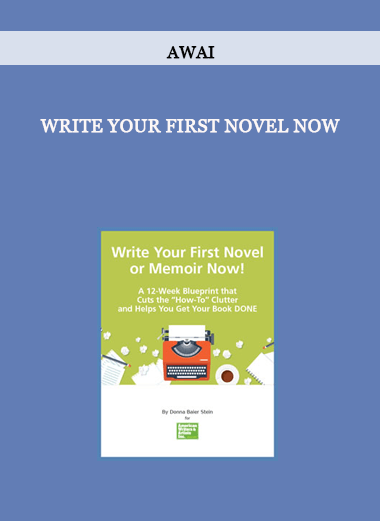Courses Infomation
The Last-Chance Couple: Saving Relationships on the Eve of Destruction by Peter Fraenkel

The Last-Chance Couple: Saving Relationships on the Eve of Destruction by Peter Fraenkel
**More information:
Description
Unhappy couples often present in ways that offer little promise their relationship can be saved, leaving the partners feeling helpless and the therapist feeling stumped. But hope can spring anew when we have a toolbox of techniques to help these couples interact in different ways, turning even the most toxic marriage, full of disdainful feelings, into one of positive growth.
Watch Peter Fraenkel use recorded demonstrations that focus on four types of last-chance couples, and show how to engage them in transforming their relationship.
Four Types of Last Chance Couples
- High conflict couples
- Couples where there has been a value or safety violation
- Domestic violence
- Infidelity
- Gambling
- Abuse of substances
- Couples where partners have mismatched personal time lines/life goals
- Explicit Time Problems
- Implicit Time Problems
- Couples with little to know passionate connection
- Burned out and conflict avoidant couples
How to Engage the Partner Who is Ambivalent about Staying in the Marriage
- Inviting and validating the partner’s ambivalent feelings
- Creating Comfort and Safety with the Committed Partner
- Self-Disclosing
Techniques that Restore Hope and a Possible Better Future
- Teaching communication and problem-solving skills that restore hope
- Introducing reframes of problem patterns that restore a sense of the positive qualities of the relationship
- Gratitude Writing
Ideas that Encourage Couples to Try New Patterns of Interacting
Communication Techniques
- Brief introduction to research-supported communication and problem-solving techniques
- Techniques for Restoring Pleasure and Passion
- The Sixty Second Pleasure Point activity
- The Silent Shared New Experience activity
More information about Medical:
Medicine is the science and practice of establishing the diagnosis, prognosis, treatment, and prevention of disease.
Medicine encompasses a variety of health care practices evolved to maintain and restore health by the prevention and treatment of illness.
Contemporary medicine applies biomedical sciences, biomedical research, genetics, and medical technology to diagnose, treat, and prevent injury and disease,
typically through pharmaceuticals or surgery, but also through therapies as diverse as psychotherapy, external splints and traction, medical devices, biologics, and ionizing radiation, amongst others.
Medicine has been around for thousands of years, during most of which it was an art (an area of skill and knowledge) frequently having connections to the religious and
philosophical beliefs of local culture. For example, a medicine man would apply herbs and say prayers for healing, or an ancient philosopher and physician would apply bloodletting according to the theories of humorism.
In recent centuries, since the advent of modern science, most medicine has become a combination of art and science (both basic and applied, under the umbrella of medical science).
While stitching technique for sutures is an art learned through practice, the knowledge of what happens at the cellular and molecular level in the tissues being stitched arises through science.
Salepage : The Last-Chance Couple: Saving Relationships on the Eve of Destruction by Peter Fraenkel































Reviews
There are no reviews yet.